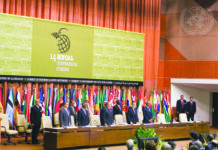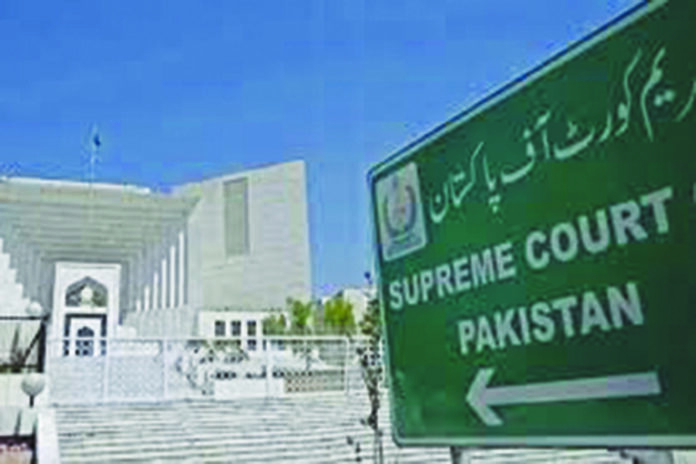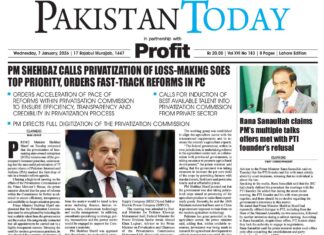Justice is meant to be blind to geography. Yet, in Pakistan, it often comes with a postal code surcharge. In no place is this more evident than in South Punjab, where lawyers practicing in Multan continue to face institutional hurdles that their counterparts in Lahore never even have to consider.
On December 24, 2024, the Supreme Court of Pakistan issued a press release announcing that video link hearings would be made available for Supreme Court matters at the Multan bench of the Lahore High Court. For lawyers in South Punjab, this was more than a procedural update. It was an institutional acknowledgment of the disproportionate burdens they have long shouldered. The Chief Justice’s promise, issued through that press release, signified that the judiciary was listening. It marked, for the first time in recent memory, a public recognition that lawyers based in Multan face deeper structural disadvantages simply because of where they practice.
And yet, nearly eight months later, the facility remains unavailable. No video link has been activated. No cause list includes the option for virtual appearances from Multan. No directive has been implemented by the relevant high court authorities. The promise remains just that, a promise.
Multan is not a legal outpost or an underdeveloped corner of the bar. It is a rapidly growing economic and professional hub. With a population of over five million and expanding business sectors, Multan has become the legal centre for South Punjab. Lawyers here routinely handle complex commercial litigation, tax matters, constitutional petitions, and appellate work. It is not uncommon for advocates from Multan to be briefed in major cases across the country. Yet, unlike lawyers based in Lahore, they are consistently made to operate within a more difficult and expensive procedural environment.
Take, for instance, the matter of certified copies. In Lahore, obtaining an attested copy of a judgment or order costs Rs. 50. At the Multan bench, the same service costs Rs. 500. The price difference is not symbolic. It is structural. It reflects a tiered approach to judicial administration in Punjab, one where Lahore enjoys institutional ease while Multan pays a premium for basic access.
This disparity becomes even more significant when viewed in the context of how the courts are structured. Lahore houses the principal seat of the High Court, the offices of major regulatory tribunals, and access to nearly all apex-level institutions. Supreme Court benches in Lahore and Islamabad are physically accessible to lawyers based in central Punjab. Their professional engagements do not require train rides, overnight stays, or extensive travel reimbursements. In contrast, Multan-based lawyers appearing in the Supreme Court often incur personal and financial strain merely to attend routine hearings.
The Supreme Court’s December press release was therefore welcomed not as a technical advancement, but as an act of recognition. The fact that the country’s highest judicial office took notice of this imbalance meant something. For once, the court was not just aware. It was responsive. But responsiveness without implementation quickly turns into disenchantment. Lawyers in Multan have done more than wait. On July 12, 2025, Syed Riaz ul Hassan Gillani, former President of the High Court Bar Association Multan, submitted a detailed representation to the President of Pakistan. He raised not only the unfulfilled promise of video link hearings but also the stark differences in procedural costs. His letter reflected the collective frustration of a bar that feels seen only in words, not in action.
The matter was subsequently referred to the Governor of Punjab by Justice Retired Irfan Qadir, serving as Consultant on Legal Affairs to the President. Yet despite this escalation, there has been no public progress. No explanation. No timeline. The silence speaks volumes.
What makes this inertia more troubling is that it is not mirrored in other parts of the country. Lawyers in Karachi, Quetta, and Peshawar have long benefited from virtual access to the Supreme Court. Islamabad has taken strides in establishing e-court infrastructure. The argument that administrative delays are uniform across jurisdictions simply does not hold. If video link hearings can be implemented in other regions, there is no plausible reason why Multan, an established and growing legal centre, should be excluded.
This is not a call for special treatment. It is a demand for constitutional parity. Article 25 of the Constitution guarantees equality before the law. That equality cannot be understood solely in terms of rights on paper. It must extend to infrastructure, procedural convenience, and the everyday experience of legal professionals across the country.
Multan’s legal community is not asking for shortcuts or concessions. It is asking for access. For the right to argue its cases in the country’s highest court without incurring disproportionate costs. For the recognition that justice must be as available in South Punjab as it is in central Punjab. For a legal environment that does not penalize those who choose to practice law outside Lahore.
The institutional disparities are not merely logistical. They are cultural. They reinforce a perception that peripheral benches are less important, less urgent, and less deserving. That perception, whether intentional or incidental, undermines the unity and credibility of the legal system.
The Supreme Court did its part. It acknowledged the problem. It announced a solution. What remains is implementation. The Lahore High Court must now ensure that this commitment is honored, that infrastructure is put in place, and that Multan’s lawyers are afforded the same tools as their peers. Justice is not simply a matter of judgments handed down. It is also about whether the system treats all participants with equal respect, regardless of geography. It is time for that principle to be reflected not just in press releases, but in practice.























